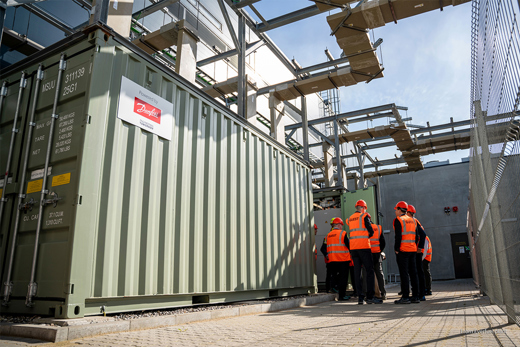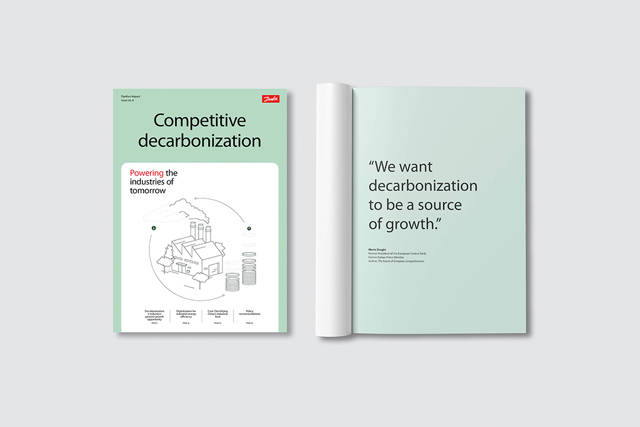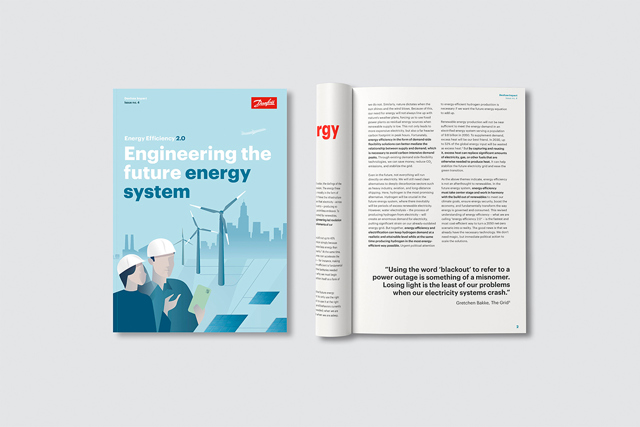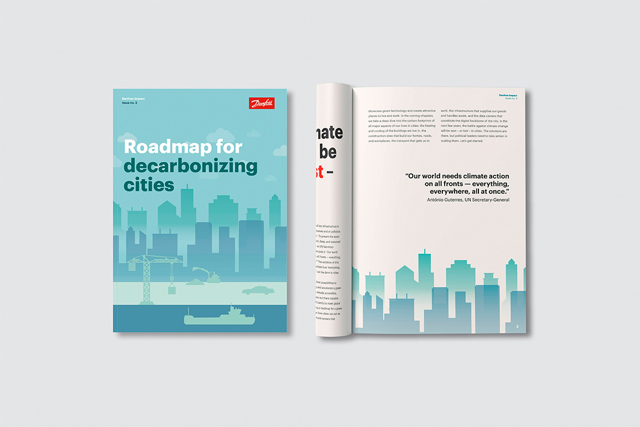
Scaling hydrogen without breaking the bank or the grid
To keep global average temperature increases under 1.5°C, we must replace fossil-fuel technologies with ones powered by renewable electricity. Energy efficiency, electrification, and renewables will only get us part of the way to net zero. To plug the final piece in the energy transition, we will rely on alternative low-emission fuels to decarbonize the hardest-to-abate sectors. The key solution will be hydrogen.
Low-emission hydrogen is a versatile lever of decarbonization. It can be used as a means of storing excess renewable electricity in periods where supply outstrips demand. Similarly, when produced using renewable electricity, hydrogen can enable us to indirectly electrify sectors that otherwise may take decades to electrify, such as agriculture, aviation, shipping, and heavy industry.
However, while the use cases of green hydrogen are vast, so is its demand for renewable energy. By 2050, hydrogen production will require more than half of today’s total electricity demand. We must produce hydrogen efficiently and use it wisely if we are to maximize its benefits without breaking the bank or our energy grid.
By reducing overall energy demand, producing hydrogen efficiently, and using it wisely, we can effectively decarbonize the sectors and processes that currently contribute an outsized proportion of global greenhouse gas emissions.
Only got two minutes?
These are the key takeaways




Green hydrogen will play a critical role in the transition away from fossil fuels. The good news is that we already have the necessary technologies to lower the cost of green hydrogen production.
Policy recommendations
Now is the time for decision-makers to set the right regulatory and economic framework for an efficient, large-scale rollout of hydrogen. Public support is needed at the local, regional, and national level to address regulatory barriers and improve implementation plans. Similarly, we must stimulate more international cooperation, cross-industry collaboration and synergies. These are also likely to be a driving force behind the innovation, demand, and growth of green hydrogen.





